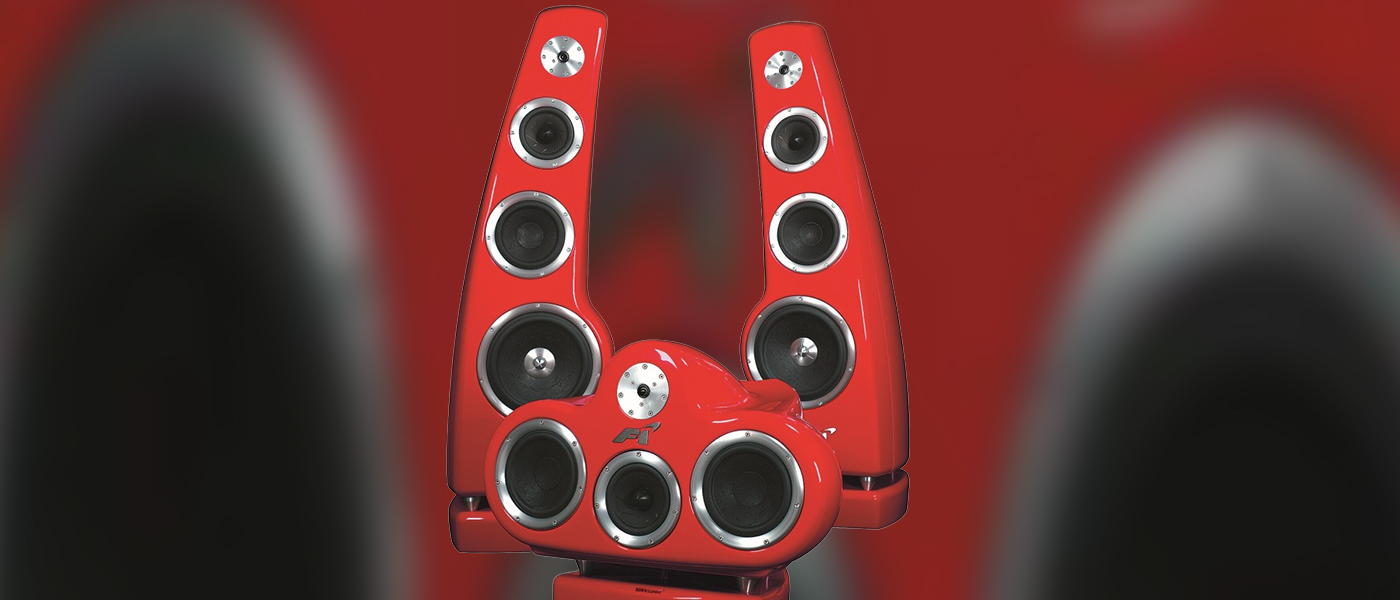Like many of you readers, my hi-fi journey has led me to try to find the hardware that best gets me closest to the music I love. My analog journey led me, several years ago, to purchase one of the popular contemporary belt-driven turntables. It was a VPI Scout, with an upgraded motor and a Dynavector 10X5 cart. I had also utilized a number of different isolation materials, such as brass and sorbothane, to improve its sound. All in all I had about $2,000US invested. While this machine had a particular talent for finding and playing many of the hidden details in vinyl, it never really portrayed the human element of the music for me. It didn’t make me boogie or want to spend hours listening to music. Instead, this machine led me to tweak, tweak, and tweak, in hopes that eventually it would start playing music the way my mind and heart craved.
I’m sure you’ll recognize what I’ll call the Upgrade Treadmill: we buy improvements and gadgets over and over again, as though we’re spinning a wheel in a cage like a hamster who truly expects to end up somewhere sometime soon. So it went with me and this machine. I bought improved belts and motors. I tried several types of cones, footers, spikes, and platforms. I tried and denuded different cartridges. The machine still did not quite satisfy me.
Then I remembered the Garrard Lab 80 I had bought at an estate sale for $40US a few years back. I did a quick refurbishment to it, mounted a $20 Audio-Technica cartridge in its wooden tonearm, put it into my system with some cheap interconnects, and put an album on. It was an Australian pressing of AC/DC’s “Let There Be Rock” (Albert Productions APLP-022, 1977). I use early AC/DC albums as reference points, because the band had been careful back then that the sound and timbre of their instruments was captured on the vinyl. Their pickiness about the sound of room is legendary. And I know that when Angus, Malcom, Phil, and Cliff lock into a groove, they swing like a ten-ton wrecking ball, and I want to hear that coming out of my playback system.
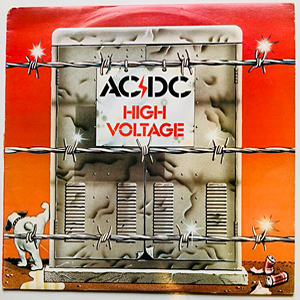
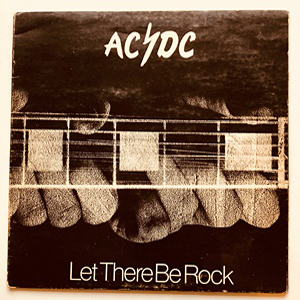
And boy howdy, did I hear it, with the Lab 80. I was stunned at how human the Lab 80 sounded. The Pace, Rhythm, and Timing (PRAT) provided by the idler wheel’s pitch stability was unlike anything else I had heard in my system. The music made more sense, rocked harder, and was more human. Finally, and completely by accident, I had succeeded in getting the playback my heart craved with an old $40 turntable I bought on a lark. It wasn’t the greatest with low-level detail, such as spatial cues, but it sure got the toes tapping. I felt like I could hear the whisky on Bon Scott’s breath.
I was hooked by the idler wheel experience, and had to have more. (Which led me to acquiring a grease-bearing cream Garrard 301. But maybe I’ll write about that experience another time.)
A Garrard Lab 80 in good shape, needing only minimum refurbishment, can be purchased for less than $200US on the popular auction sites. Another idler-wheel turntable which has become popular with the DIY crowd, the Rek-O-Kut Rondine, Jr., can cost upwards of $500US with a tonearm. But, as always, there are bargains to be had at local estate sales, flea markets, and neighborhood auction sites. The most I’ve paid for a Lab 80 is $50US.
This machine is a two-speed automatic transcription turntable, capable of playing 7-, 10-, or 12-inch records at 45 and 33.3rpm. It came with two record spindles to allow for manual or automatic play with up to eight records loaded. It will also automatically shut itself off after the tonearm returns to its rest. An interesting feature is its tonearm, which is made of metal but features an attractive, but merely decorative, Afromosia wooden insert. Overall it is an attractive turntable; the dark gray metal of the plinth pairs nicely with the wooden tonearm and silver selector switches. The Lab 80 was designed by Eric Marshall, who also designed the Garrard 401.
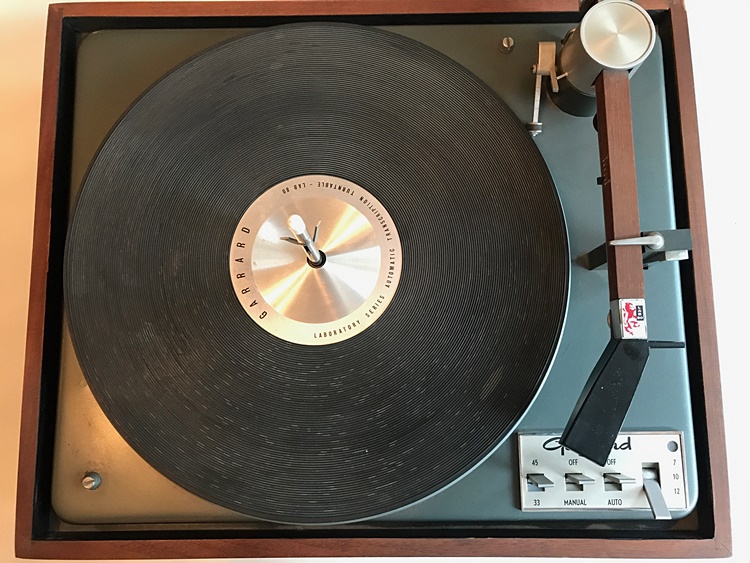
It is one of the many idler-wheel drive machines made by Garrard in the late 1960s. The rubber-lined idler wheel rubs against the inside of the diecast platter rim to spin the record. Some of the advantages of this drive system over that of a belt-driven system is that you can use a heavier platter, and more mass can mean greater pitch stability, tighter bass, and punchier dynamics. But a tradeoff can be rumble; the sound of the rubber wheel rubbing against the platter can be transferred to the cart, then the tonearm, then eventually the speakers.
These are purely mechanical machines. No circuit boards, resistors, or capacitors to be found. The big difference – and challenge – of the Lab 80 is that it is a fully automatic table. It was designed for a time in the 1960s when people wanted to play several 7-, 10-, or 12-inch records at a time, and they wanted the record player to do all the work. And it was built by Garrard before the company switched to turntables, such as the Model 62, which utilized a unified sub-chassis made with cheaper materials and were mass-produced in such a manner that it was difficult to repair them.
The Lab 80 presents a clean and tidy image from the top. Under the platform, however, it’s another story. A clever tangle of gears, levers, springs all work in unison to ensure that when you load a vinyl record on the record-charger spindle and press Play, the record will drop, the tonearm will lift itself and drop itself off at the right place on the record according to its size, and return itself at the end of the records. And those all will happen, provided every part is aligned and lubricated as it should be. But after spending fifty years unused in a cabinet, the grease and oil will harden and what once was an organized ballet of synchronized movement will sputter and fail.
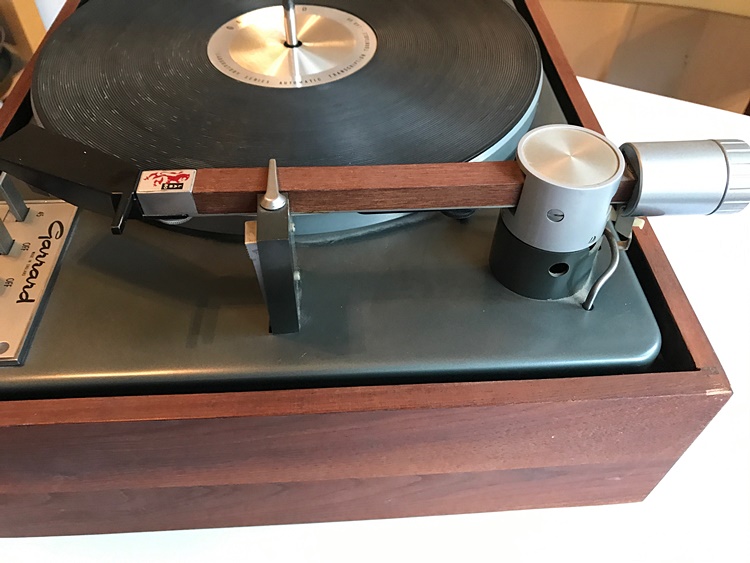
The condition of the idler wheel is another issue. Wear and age can take their toll on the rubber, which may harden or deteriorate enough to affect the performance or speed stability of the unit. This is especially likely if the turntable was stored with the idler wheel engaged against the platter; (or in a hot place like a garage) that pressure can put a dead spot in the wheel’s rubber ring which can be audible and affect speed stability. However, sometimes simply giving the rubber a light sanding with a fine-grit sandpaper can restore its surface. There are also online shops which will rebuild your idler wheel; just send in your old one and they’ll send it back refurbished.
Most of the refurbishment work is elbow grease. Remove the old oil or grease with naphtha, and replace them with fresh oil or grease. There is some debate about what the best replacement are (of course, because Internet), but generally synthetic automotive motor oil and grease suffice. It is worth mentioning that you should follow safety precautions when dealing with these noxious substances, and many recommend wearing gloves and a dust mask while handling the mechanical parts, as they are coated with cadmium sulfide, which is toxic.
So after a bit of effort and lubrication, you should have a sturdy, reliable idler-wheel turntable that will not only make your friends with top-dollar vinyl playback solutions think twice, but also bring a lot of music into your life. Just goes to show that after fifty odd-years of innovation and improvement in the design and building of turntables, sometimes the older machines can provide the shortest path to audio nirvana.


